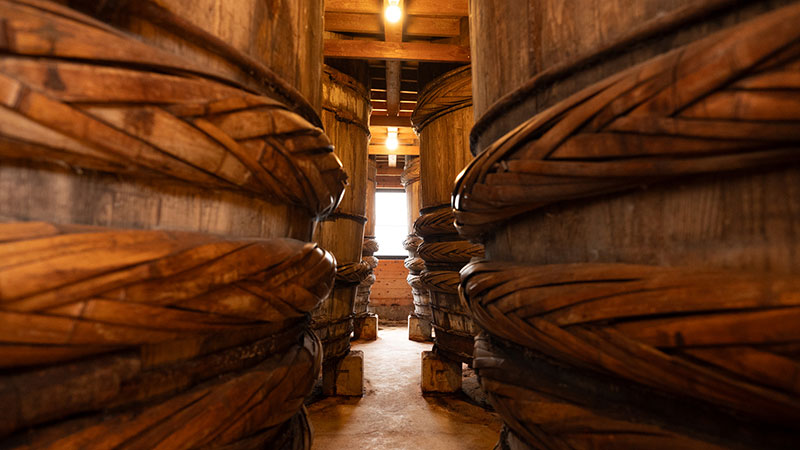
Aged to Wooden Perfection: The Secrets of Kioke Barrel Soy Sauce
Written by Ito Ryo
Soy sauce is an indispensable seasoning at the heart of Japanese cuisine. And now, a new movement is brewing in the world of its manufacture. About 160 years ago during the Edo period (1603–1868 CE), all soy sauce in Japan was made using large wooden barrels called kioke. Over time, kioke fell out of favor due to cost inefficiency, and to replace them rose the usage of tanks made of plastic and stainless steel. Today, some 900 of Japan's over 1,000 soy sauce manufacturers use tanks, allowing them to produce soy sauce more affordably and in larger quantities.
However, over the past decade, certain domestic makers of soy sauce have been bucking this trend by returning to the traditional method of making soy sauce. This movement toward so-called “kioke soy sauce” is growing year by year. Not only has kioke soy sauce caught the attention of domestic consumers, but also that of chefs and buyers overseas. So what is it that makes this soy sauce so special, and what has led to its growing resurgence?
To explore these questions, Team Musubi paid a visit to Yugeta Shoyu, a soy sauce manufacturer in Saitama Prefecture with over one hundred years of history that is actively promoting kioke soy sauce production. They graciously allowed us to observe their manufacturing process and speak with their team in detail.

table of contents
Crafted from Carefully Selected Ingredients by Long-Established Producers

Soy sauce is a very simple seasoning, made with just three ingredients—soybeans, wheat, and salt—fermentated by koji mold. Yet this simplicity also means that choices regarding ingredients and fermentation methods significantly affect the final product. Yugeta Yoichi, the fourth-generation president of Yugeta Shoyu, explains the raw materials used by his company.

“There are two types of soybeans used in soy sauce: whole soybeans and defatted soybeans. Whole soybeans are, as the name suggests, intact, round beans. From those, soybean oil is extracted, and what remains is defatted soybeans,” also known as soybean meal. “Because defatted soybeans lack oil and are processed into small flakes, their components break down and dissolve more easily. Also, soybean protein is an important factor, because it is this protein that converts into soy sauce’s umami. Because defatted soybeans have a high proportion of protein by weight, they easily produce soy sauce that is rich in umami. As a result, Japanese manufacturers began to use defatted soybeans starting around 1940, and today approximately 80 percent of soybeans used in Japan for soy sauce production are defatted.

“However, instead of using the more convenient defatted soybeans, our company deliberately uses nothing but whole soybeans. Although managing the oil content is labor-intensive, once that oil breaks down it produces glycerin, which dissolves into the soy sauce, resulting in a more ideal, smooth and mellow flavor. That’s why we do this.”
Yugeta continues, “We also do not import our whole soybeans from abroad. They are all domestically sourced, made by producers and production methods we know, rich in the proteins that create the base of umami. My two highest priorities in soy sauce making are flavor and safety, both achievable with domestic whole soybeans. That said, domestic whole soybeans are scarce, since they account for only about 3 percent of all whole soybeans in Japan. The total domestic production of whole soybeans is just 1,000 metric tons (1,102 tons) annually, of which our factory uses approximately 50 metric tons (55 tons)—5 percent of the entire domestic supply.”

To improve their soy sauce quality even more, Yugeta Shoyu is currently working on making soy sauce with an even rarer whole soybean variety: not only domestically, but also organically cultivated. They also use domestic or organic domestic wheat to further develop their soy sauce’s rich aroma and sweetness. Next is the salt, which restrains the propagation of excess microorganisms during fermentation and sharpens the soy sauce’s flavor. Yugeta Shoyu uses solar salt, tenpien, made by evaporating seawater under sun and wind. Domestic solar salt has a comparatively mild salt content, so Yugeta Shoyu also combines it with imported varieties.
The Crucial First Step in Soy Sauce Making: Koji Preparation
So how are these ingredients transformed into soy sauce? President Yugeta shows us Yugeta Shoyu’s facility, a wide indoor space equipped with large metal machinery.

“The first step here,” he explains, “is to put soybeans in a large pot and expose them to high-temperature steam, then mix the steamed soybeans with wheat that has been roasted in a furnace. Per batch, that produces 5 metric tons (5.5 tons) of raw material. We sprinkle that evenly with just 800 g (1.8 lbs) of koji mold spores before taking it to what is called a koji cellar, a tank-like room. There, we spread the mixture out so that the thickness is equal throughout. The koji cellar keeps the mixture at 30°C (86°F) and 100 percent humidity for three days, allowing the mold to grow and produce enzymes. That is what creates koji, the base of soy sauce.

“No matter how high quality the soybeans, wheat, or salt, if the creation of koji doesn’t go well, you cannot unlock the full potential of your ingredients. That makes this step vital in determining the final taste and aroma of our soy sauce. Years of knowledge and experience are absolutely vital. That’s why I, as the head of the company, have the responsibility of leading the entire koji operation,” President Yugeta tells us.
This ever-so-carefully prepared koji—the lifeforce of soy sauce—is then transported via a pipe to the next stage of production: fermentation and aging.
Meeting the Kioke in a Newly Built Facility

Next, President Yugeta shows us a two-story facility, marked by a wooden sign at the entrance as Hyakunen-Gura, meaning “centennial brewery.”
“In 2023,” Yugeta shares, “we celebrated our one-hundredth anniversary. We built Hyakunen-Gura to express gratitude for the past century of soy sauce production and our hope to continue for the next hundred years.”
Inside, the subtle aroma of soy sauce wafts gently on the air, becoming more distinct as we ascend to the second floor.

In the dim room, my eyes jump to three rows of round holes, each about 2 m (6.6 ft) in diameter. I count as many as fourteen in total. Each one, we learn, is the opening to a giant wooden kioke barrel. Moromi, a mixture of koji and salt water, is placed in each barrel, where the processes of fermentation and aging occur. Every kioke is full of moromi, which is brown and resembles miso. The moromi has been neatly levelled, but the surface retains an uneven texture.
Indicating the contents of the barrels, Yugeta gives us a detailed, step-by-step explanation of the fermentation and aging process.

“Right after placing the moromi into the barrels, it’s stirred well to combine the koji and brine. Adding salt slows the growth of koji while allowing the enzymes it produces to begin to work, breaking down proteins into amino acids, starches into glucose, and oils into glycerin.
“For the first one to two months, lactic acid bacteria multiply, converting some of the sugars into various organic acids. These create a refreshing tanginess and add smoothness and depth to the flavor. Lactic acid bacteria dislike air, so over-stirring at this stage must be strictly avoided.

“Eventually the lactic acid bacteria die off from their own acid production, and when they do, yeast starts to grow. The yeast interacts with the glucose derived from starch. That produces alcohol and organic acids that add complex aromas to the soy sauce. Unlike lactic acid bacteria, yeast thrives on oxygen, so it is essential to stir the mixture regularly. Later, another type of yeast increases, one that extracts smoky aromas from the wheat hulls, further deepening the flavor.
“This multi-step fermentation process, involving various microorganisms, is precisely what creates kioke soy sauce’s greatest merit: its uniquely rich and complex flavor. This cannot be replicated with tank production,” Yugeta emphasizes.


In modern tanks, internal machinery precisely adjusts and controls the temperature and just one type of microorganism is used. This allows for efficient soy sauce production that takes only four to six months. In contrast, kioke soy sauce requires at least a year or more of fermentation and aging. This is because kioke soy sauce is made under completely natural conditions, without the use of air conditioning or other temperature controls. In this environment, only a single type of microorganism can actively function at a time. It takes the sequential activation of many different kinds of microorganisms for kioke shoyu to ferment and age, and that multi-step process takes longer in a kioke than in a tank.
“Including the ones in our other kioke cellars,” Yugeta tells us, “we currently use forty-three kioke barrels, which produce a total of 200 kl (52,834 gal) of kioke soy sauce. However, due to years of declining demand for kioke, there are only a few workshops left in the country capable of making new barrels, so it is hard to source new ones. On the other hand, kioke can last 100–150 years with proper maintenance. As a result, we use a combination of barrels, including some made a hundred years ago. Some we already had, others were passed down from other companies, and we just got a brand-new one that was finished this year.”
The Merits and Challenges of Using Kioke
Next, we visit the first floor of Hyakunen-Gura, where we see fourteen empty kioke barrels standing in neat rows on a wooden platform set on the concrete floor. Each one is over 2 m (6.6 ft) tall and weighs as much as 500 kg (1,102 lb). The frontmost barrel is the one that was just built.

“Using cedar with narrow, dense tree rings creates high-quality kioke that are less prone to leakage. Our new barrel was made over the course of two and a half years using six cedar trees from Saitama Prefecture and borrowing the expertise of a different soy sauce maker. Thirty-six narrow wooden boards are arranged in a cylinder and assembled with traditional bamboo nails, known as takekugi, with no adhesives or iron nails, which can rust. To tighten and reinforce the circumference, we used traditional barrel hoops made of locally sourced bamboo,” Yugeta explains.

“Unlike tanks, where new microorganisms are artificially introduced for each batch, kioke soy sauce benefits from the diverse microorganisms that, over time and repeated brewings, naturally come to inhabit the barrels and kioke cellar. These microbes, unique to each region’s climate and environment, give each producer’s soy sauce its distinctive character. So using kioke allows us to create a completely unique soy sauce. No one else can replicate it.”
Yugeta goes on, “Wanting to create the best possible living environment for our precious microbes, we built not just this barrel but Hyakunen-Gura itself with as much local cedar as we could for the floors, walls, and even ceiling. This may be a new build now, but in about four years the microbes will stabilize and thrive, creating an even more ideal setting for soy sauce fermentation and aging.”

But what about the difficulties involved in making kioke soy sauce—with its completely natural environment and such a high level of skill involved—that would not be encountered in tank production?
“In tanks, temperature and all other processes are mechanically controlled, but in kioke, we don’t have that, so we do have to rely heavily on manual labor. Also, in Saitama, the summer temperatures tend to be higher than in other regions, and in recent years, likely due to global climate change, we’ve started experiencing summer-like heat from May through October. While cedar has excellent insulation and temperature stabilizing properties, managing moromi temperatures may become increasingly difficult,” says Yugeta.
The taste of kioke soy sauce is often described as a handcrafted flavor. Listening to Yugeta’s insights on the intense labor involved, I begin to slowly understand what that truly means.
Why President Yugeta is Committed to Kioke Soy Sauce
After long fermentation and aging, the moromi is removed from the kioke and put through a final pressing process.
This takes place in a pressing room located somewhat high up in a separate building from Hyakunen-Gura. The moromi is brought via pipe from the kioke to this room, where it is inserted, small quantities at a time, into fabric filter bags called rofu. These bags get stacked approximately 225 layers high. Like this, the moromi is pressed under its own weight for the first day, then spends two days in a compressor that applies several tons of pressure. This slow, three-day pressing process minimizes unwanted flavors for a tasteful soy sauce. The final yield is approximately 2,700 L (713 gal) of soy sauce per kioke.


And thus, the manufacture of kioke soy sauce—with its use of traditional wooden barrels, rare domestic ingredients, and a great deal of both time and effort—is complete. So why does Yugeta invest so much into this age-old method, even going so far as to build Hyakunen-Gura as their own new facility?
“First and foremost, I believe using kioke results in soy sauce that is more delicious and brings much more joy to those who consume it. In fact, recent studies confirm that kioke soy sauce contains significantly more aromatic compounds than tank-produced soy sauce, and that directly adds to its superior flavor,” says Yugeta.

Many other kioke soy sauce producers also share his belief.
“Moreover, as the number of producers proactively using kioke increases, more and more consumers will come to understand and appreciate its charm, resulting in higher demand for kioke barrels. That, in turn, will allow us to protect, for many years to come, the craftsmanship and culture that underpin Japan’s traditional fermented foods. That will benefit not just soy sauce, but miso and sake as well.

“So to accomplish this, I work with fellow soy sauce makers on Shodoshima Island in Kagawa Prefecture on a project launched in 2012 to revive and promote kioke. Together, through educational and outreach efforts, we aim to double the current one percent share of kioke soy sauce in Japan’s overall production to two percent,” Yugeta tells us.
But continuing the creation of kioke soy sauce in modern Japan is no simple task.
Yugeta Shoyu’s Soy Sauce Gaining International Acclaim
President Yugeta’s dedication to carefully brewed, distinctive kioke soy sauce is increasingly recognized even overseas. The amount Yugeta Shoyu exports to sushi restaurants and other dining establishments abroad is on the rise.
“Soy sauce is a versatile, all-purpose seasoning that complements a wide range of foods. I tell customers they don’t need to hang onto the preconception that if it’s not Japanese food, you can’t use soy sauce. Instead, I tell them soy sauce can go with anything—meat, fish, pasta, salad dressing, desserts—I want my customers to use soy sauce freely with dishes from any country or any region. A unique combination, for example, is soy sauce with vanilla ice cream to create a delightful harmony of sweet and salty flavors. Soy sauce soft serve is refreshing, with a clean aftertaste. You can even try it at the shop attached to our factory,” Yugeta says.

There are many ways in which soy sauce draws out the flavor of food. It reduces fishy and gamey scents, enhances sweetness, prevents excessive saltiness, amplifies the umami of fish and meat, and, when cooked with ingredients containing sugar, produces an aroma and coloring that stimulates the appetite.
“With the global spread of Japanese cuisine, soy sauce is becoming commonplace. Within that context, many people are now saying they want to taste soy sauce that is more authentic, or that they want to try cooking with unique soy sauce crafted over time with traditional and natural methods, or that they want to actively introduce Japanese fermented foods into their diets. The growing interest in kioke soy sauce among international consumers is something I find truly gratifying,” Yugeta says.
President Yugeta’s Top Recommendation: Freshly Pressed Raw Soy Sauce
As we approach the end of our visit, Yugeta recommends to us Yugeta Shoyu’s freshly pressed raw soy sauce. First introduced in 2003, it was the first product of its kind in Japan at the time.
Typically, soy sauce is heated directly before bottling in order to stop the activity of enzymes, bringing fermentation and aging to a halt and adjusting color and aroma. It also goes through filtration to remove the lees and fine impurities. But freshly pressed raw soy sauce goes through neither pasteurization nor filtration. It is soy sauce in its purest form, direct from the kioke.

Yugeta explains, “When you heat soy sauce it releases its best fragrance, an aromatic, roasted scent called higa. Unfortunately, that is often lost during pasteurization. But by using our freshly pressed raw soy sauce, our customers can now experience that aroma for themselves while cooking at home. Its living yeast creates a rich scent and umami, and also makes this quite a healthy product.”
Later, I had the chance to try this raw soy sauce on a steak, grilled salted mackerel, broccoli salad, and silken tofu. It was surprising how compatible it was with everything.
The aroma was exquisite, the flavor salty yet well-rounded and light, enhancing every dish remarkably. It was the first time I had ever found myself excitedly planning how I could use soy sauce next.

In addition to its raw variety, Yugeta Shoyu offers over twenty other types of soy sauce. Among them are smoked soy sauce, created by smoking kioke soy sauce with Japanese beech and cherry wood chips; yuzu soy sauce, infused with the vibrant scent and refreshing tang of local yuzu; and organic soy sauce, made of domestically produced organic soy beans and wheat. Each one of these, Yugeta Shoyu says, is well-suited to home cooking, and the variety of options to suit different tastes is a welcome bonus.
Visiting Yugeta Shoyu was an eye-opening experience. Despite eating soy sauce for years as simply a matter of course, I hadn’t actually known anything about it. So my brush with the traditional world of kioke soy sauce made me realize just how valuable soy sauce as an ingredient truly is.
Yugeta Shoyu offers free tours at its factory of the kioke soy sauce production process (Japanese only; written explanations of the exhibitions and processes are available in English). For soy sauce enthusiasts or fans of Japanese cuisine, a visit could profoundly change your appreciation for soy sauce.
Pairing kioke soy sauce and other special soy sauces with your favorite soy sauce dispensers and plates can help bring out the flavors and enhance your daily meals even further. Visit the links below to explore our offerings.
Yugeta Shoyu
475 Tawame, Sakado, Saitama 350-0246



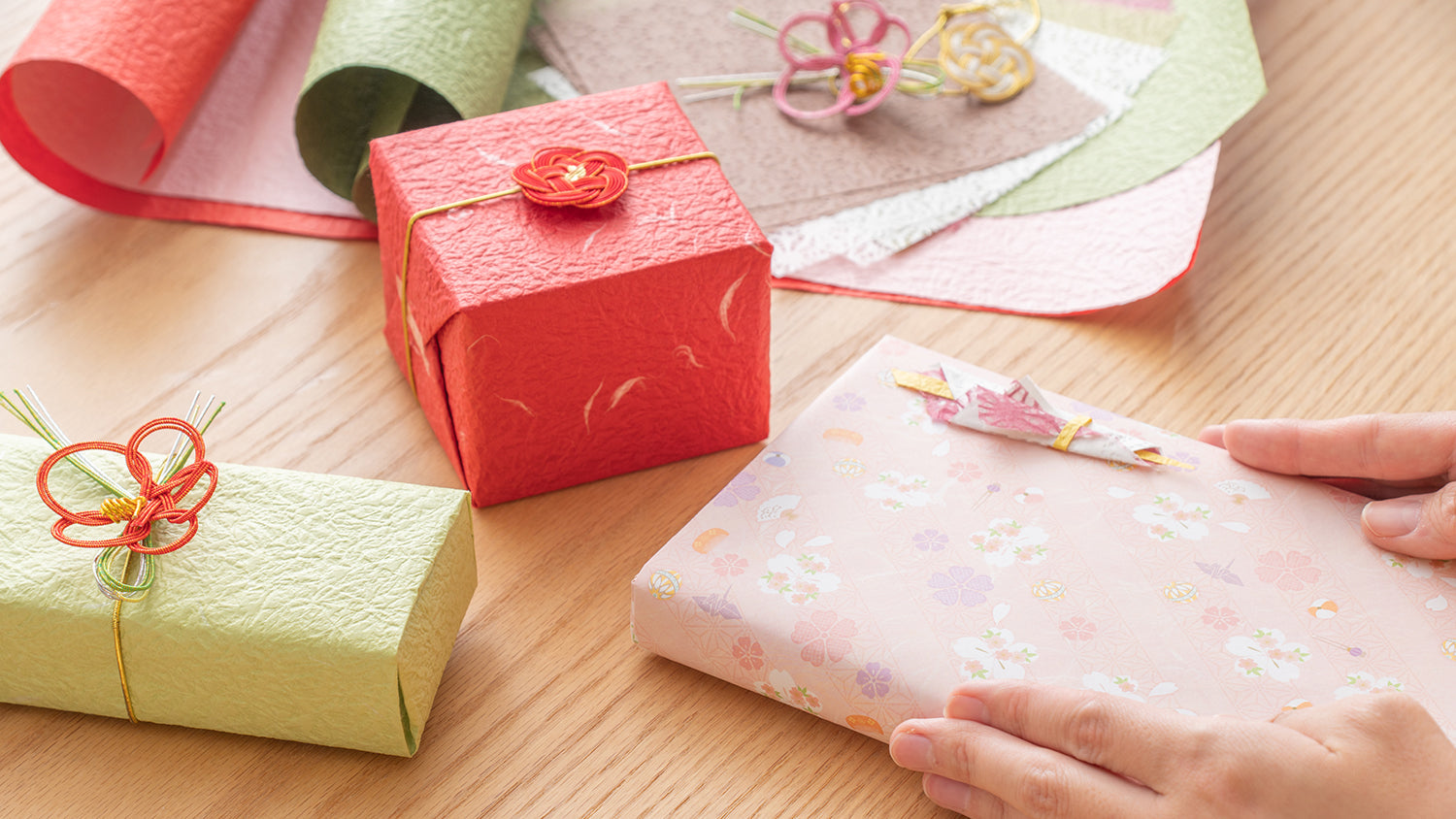

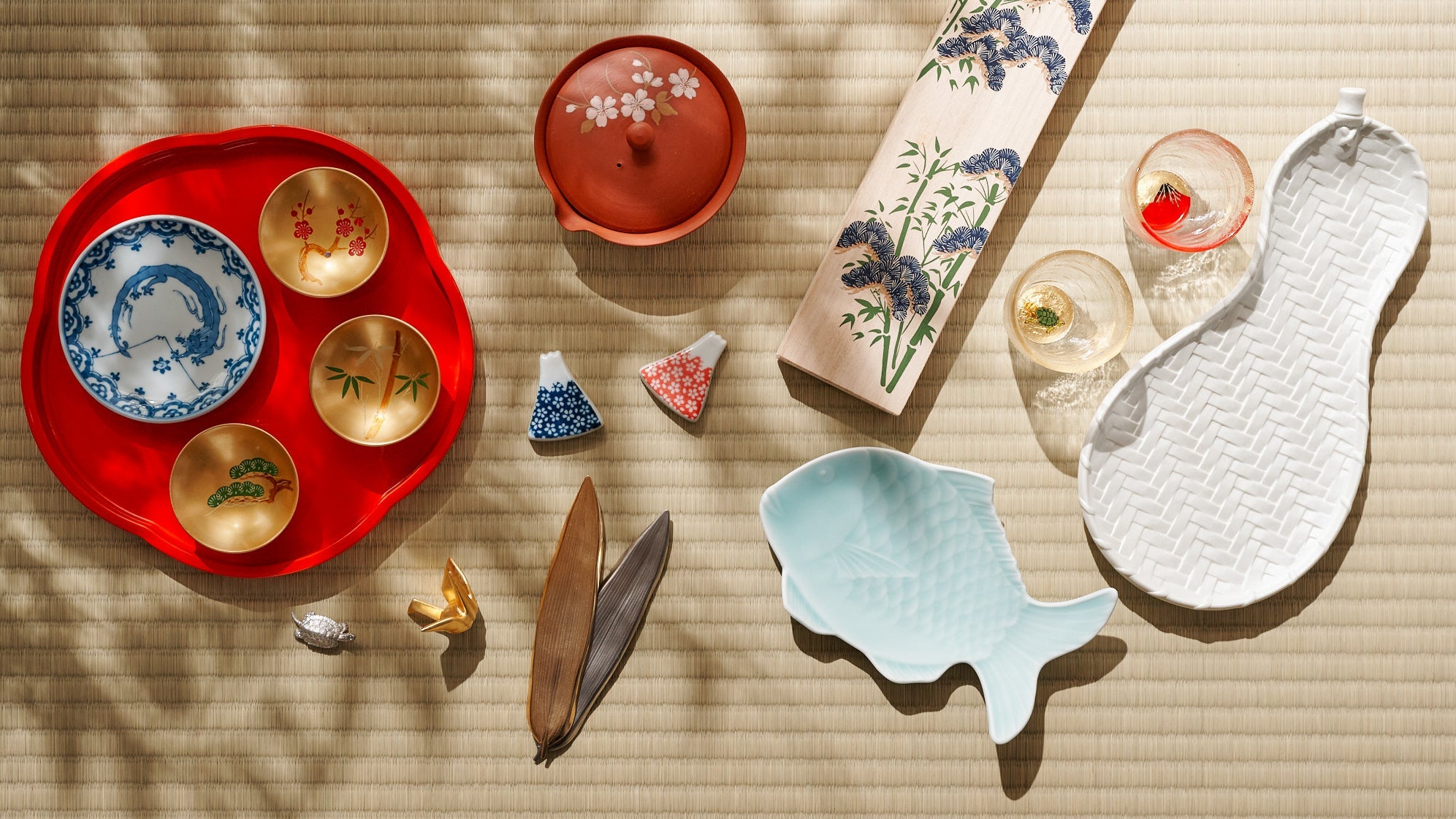
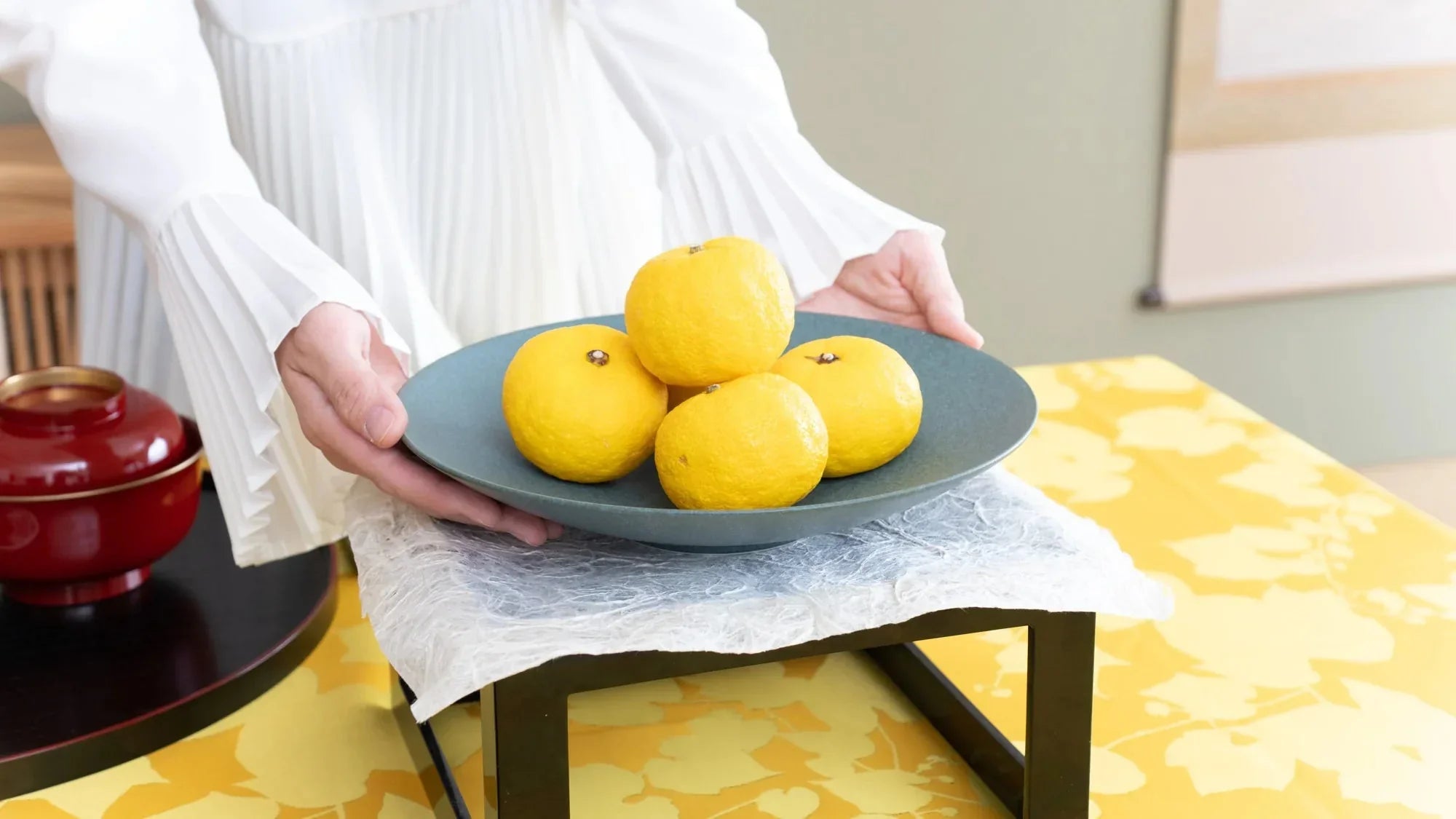
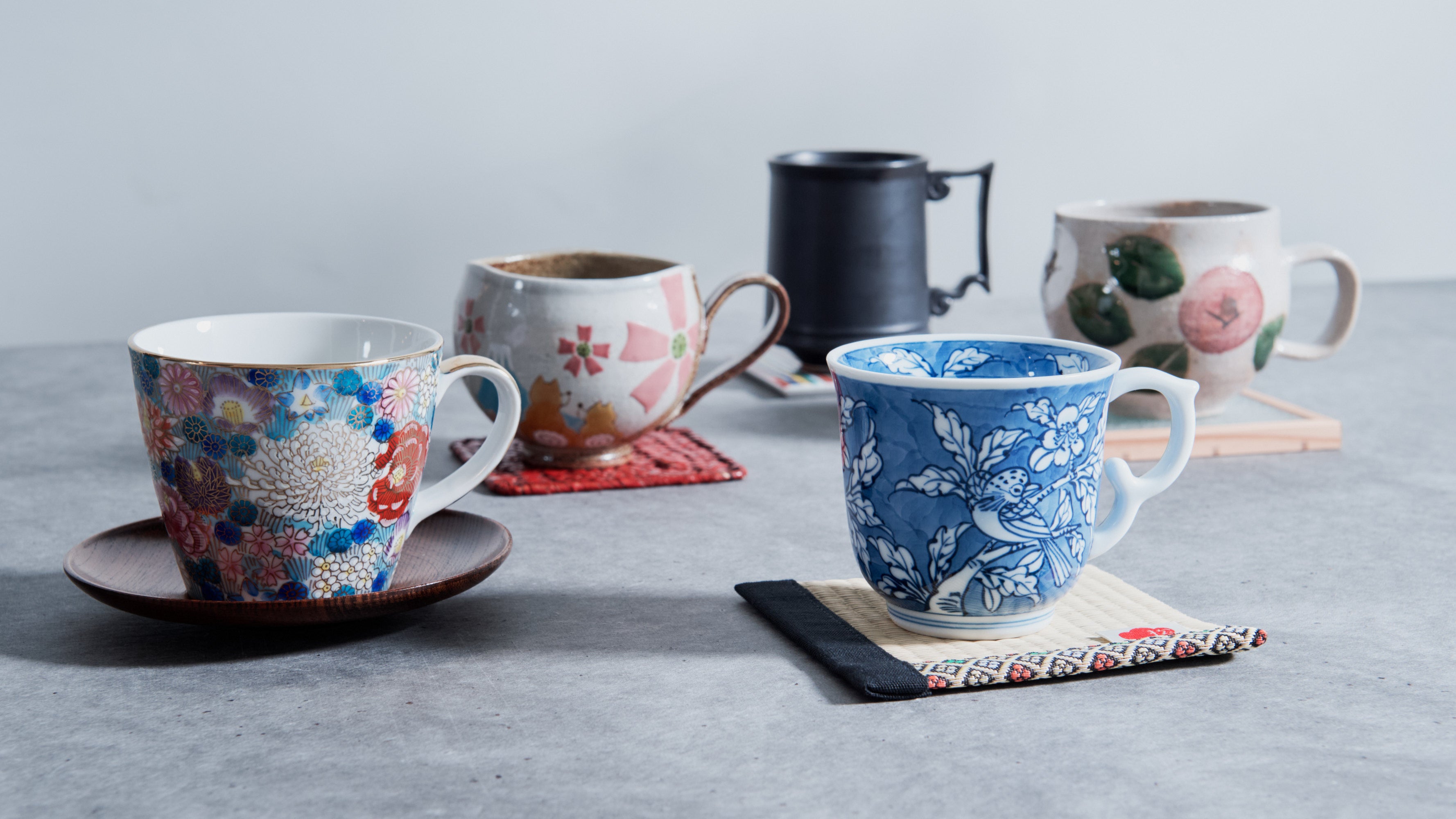
2 comments
Dear Andy,
Thank you so much for your kind words! Mr. Ito Ryo and the Musubi team truly appreciate your support. We’re honored to share the depth of Japanese culture through our articles, and your encouragement inspires us to continue. Wishing you all the best!
Gratefully,
Team Musubi
Team Musubi
Mr. Ito Ryo and team Musubi thank you for these wonderfully written articles. I think they’re a fantastic and authentic representation of the deep culture of Japan. Please continue to do excellent work.
Gratefully yours,
Andy
Andy H
Leave a comment
This site is protected by hCaptcha and the hCaptcha Privacy Policy and Terms of Service apply.